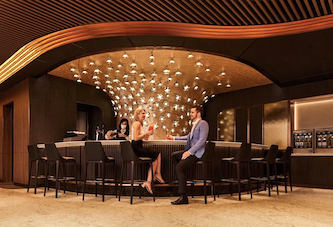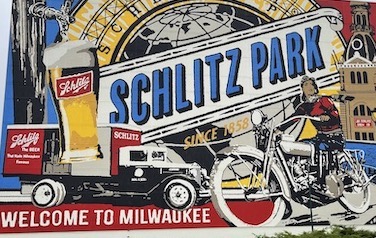Vietnamese love their coffee. Credit the French. Although Vietnamese have little love for France’s colonial history, modern Viet culture embraces Gallic style, from wardrobe and architecture to — especially — cuisine. Báhn mì sandwiches, crispy baguettes wrapped around pâté and vegetables, are a legacy of the French. So, too, is phở, the rich beef noodle soup that has become an international icon of Vietnamese taste. But coffee truly distinguishes Vietnam from its neighbors. Most coffee shops are tiny, just big enough for patrons to enjoy conversation while waiting for the grind to filter through a four-part aluminum phin, often into a pool of sweetened, condensed milk to balance the bitter essence. More often than not, the brew is consumed iced in a glass: cà phê sữa đá (literally “coffee milk ice.”) Enthusiasts can even find such unlikely adaptations as egg coffee (with beaten egg yolks, sugar and condensed milk) and cheese coffee, that has a creamy foam topping that is stirred into the drink or scooped out and eaten separately.











